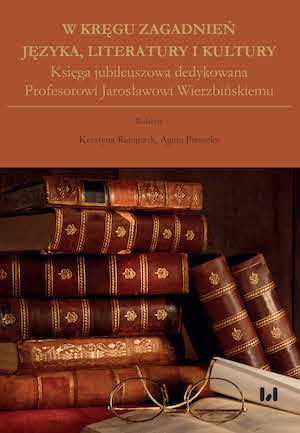Ekspresja niewerbalna w "Sobowtórze" Fiodora Dostojewskiego
Nonverbal expression in Dostoevsky's "The Double"
Author(s): Dorota Samborska-Kukuć
Subject(s): Literary Texts, Studies of Literature, Russian Literature
Published by: Wydawnictwo Uniwersytetu Łódzkiego
Keywords: Fyodor Dostoyevsky; “The Double”; nonverbal communication; body language
Summary/Abstract: The article discusses how nonverbal communication in Dostoyevsky’s “The Double” is presented. It is a story about an official who fell into madness as a result of dehumanized interpersonal relations. Both, controlled and uncontrolled behaviours, are manifested by the body language. These reactions alternate, and they are a consequence of the protagonist’s emotional state made up of: his physical appearance, face expressions, visual imaging and vocal reactions, gestures, and forms of communicating with the outside world, paralleled or unparalleled by dialogues or monologues. The analysis of selected fragments of the work, which covers, above all, the non-verbal messages sent by Goladkin, and how they correlate with what he actually says, shows that the writer succeeded in creating an astonishingly accurate, even clinical, description of schizophrenia.
- Page Range: 215-226
- Page Count: 12
- Publication Year: 2022
- Language: Polish
- Content File-PDF

